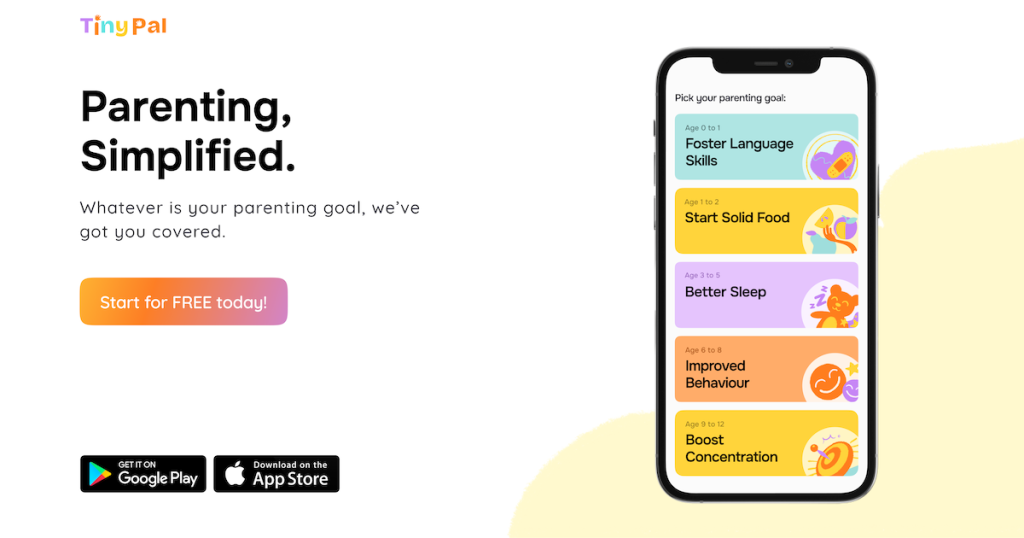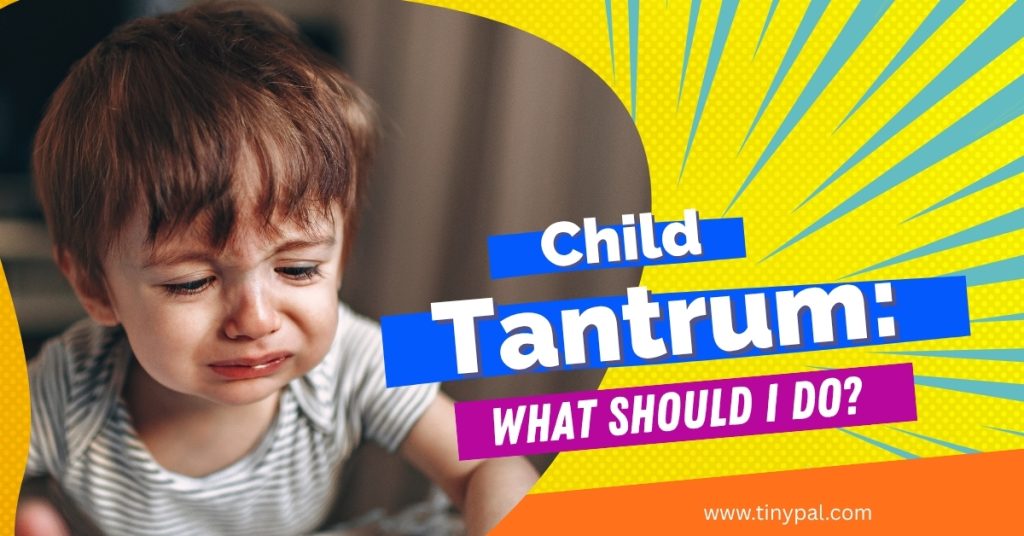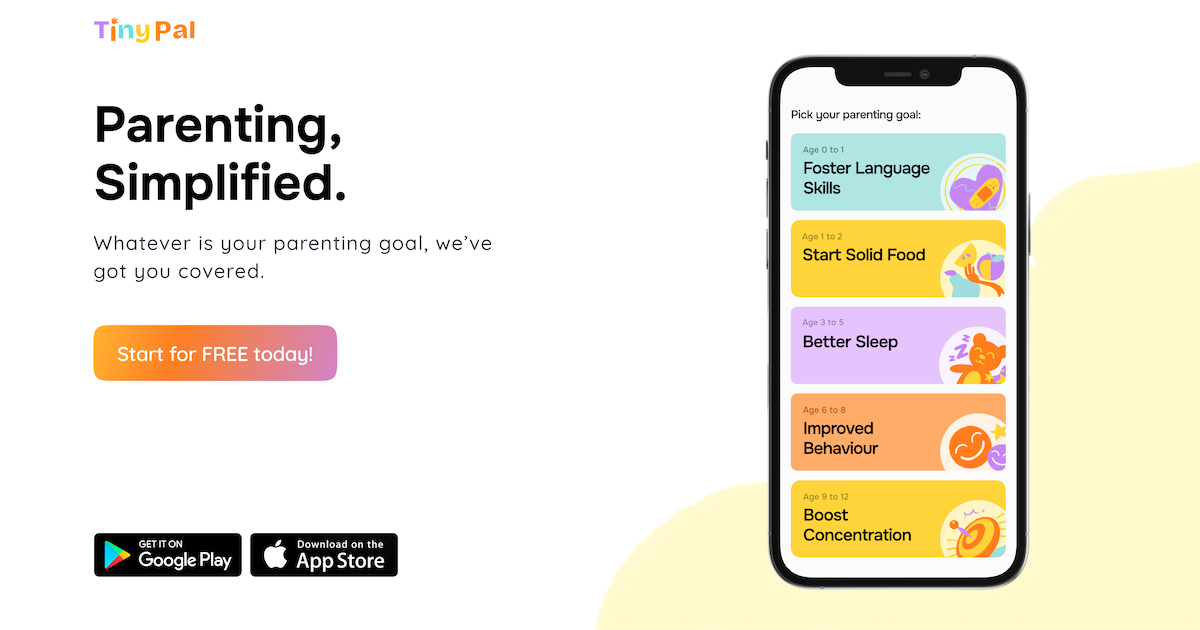Parenting Techniques for Handling Tantrums — Full Guide
The grocery-store moment
You tell them “no.” They go quiet for one beat — then the sky opens. The screaming. The kicking. People stare. Your cheeks flush. This is universal. It’s not you failing. It’s a developing brain hitting its limits.
If you can learn to read the triggers and respond with quick, calm techniques, you’ll stop 60–80% of tantrums before they blow up. Below is a battle-tested system — psychology + scripts + a 30-day plan — that parents around the world use to get control back.

Table of Contents
Why tantrums happen (clear, simple science)
- Toddlers have strong emotions (amygdala) and an immature impulse-control center (prefrontal cortex).
- Tantrums are energy + unmet needs + lack of language. They’re communication, not manipulation.
- Key triggers: fatigue, hunger, overstimulation, sudden transitions, and lack of control.
Goal: reduce triggers + build skills for emotional regulation.
The 7-step calm framework (core techniques to handle tantrums now)
This is the playbook to use in the moment. Treat it like a script.
- Pause & breathe — Your calm lowers their arousal. (5–10 seconds)
- Validate & name the feeling — “You’re angry because we had to leave the playground.”
- Offer 2 choices — “Do you want to hold my hand or sit in the stroller?”
- Remove or reduce triggers — Move away from the stimulus / give a snack / offer water.
- Stay present & use proximity — Sit beside them quietly without lecturing.
- Use distraction if needed — Small task or object: “Can you find something blue?”
- Reconnect and reflect — After calm: “What helped you calm down? Next time, try…”
These steps are ordered: regulate first, teach second.
What to say — ready-made scripts (copy/paste into your notes)
In a public meltdown (short):
“I see you’re upset — I know you wanted the candy. We’ll have a treat at home. Right now, you can hold my hand or sit in the cart. Which do you want?”
Bedtime resistance:
“I know you don’t want to sleep. Your body is tired and needs rest to have energy tomorrow. Do you want your teddy or night-light tonight?”
When kids refuse to leave the park:
“We have two minutes. Do you want to walk with me to the car or hop to the fence?”
If they hit or are aggressive (calm boundary):
“I won’t let you hurt someone. When you’re ready to be gentle, I’m right here.”
5 prevention pillars (reduce tantrums by design)
Prevention beats reaction. Implement these daily.
- Predictable routine — Meals, naps, and bedtime on a pattern. Toddlers like rhythm.
- Pre-empt transitions — Give warnings: “Two more minutes.”
- Balanced nutrition — Regular snacks prevent blood-sugar meltdowns.
- Limited overstimulation — Quiet time after busy activities.
- Choice-rich environment — Offer choices multiple times a day (what to wear, snack options).
The emotional-coaching method (teach long-term skills)
- Label emotions. “You seem frustrated.”
- Breathe and model. “Let’s breathe together: in 1-2-3, out 1-2-3.”
- Problem-solve afterwards. Ask: “What could we do next time?”
- Reinforce tiny wins. Praise the moment they self-regulate: “You calmed down — that was brilliant.”

Also Read: How to Manage Tantrums in Toddlers
When to use consequences (gentle, logical)
Consequences are about learning, not punishment:
- Use natural consequences (toy put away if thrown).
- Short, proportional, and consistent consequences teach cause → effect.
Handling specific scenarios (quick cheat sheet)
Tantrum at supermarket
- Remove to quieter aisle, validate, offer two choices.
- If safety at risk, leave immediately.
Refusal at bedtime
- Keep routine, offer limited choices, stay calm, and avoid negotiating.
- Use “bedtime timer” ritual (visual countdown).
Tantrum after screen time
- Prepare with countdown before device ends; swap to a preferred offline activity.

30-Day Tantrum Reduction Plan (practical roadmap)
Week 1 — Observe & log: track triggers (sleep, hunger, time of day).
Week 2 — Implement routines: consistent meals, nap windows, and bedtime.
Week 3 — Teach choices & calm scripts daily; practice 3 times a day.
Week 4 — Add reflection & reinforcement; reduce screen time pre-sleep.
Goal: measurable reduction in frequency/intensity in 30 days.
Quick case study (example)
Family: Alex (parent), 3-year-old Mia. Daily meltdowns at 5pm.
- Problem: low blood sugar + overstimulation after daycare.
- Fix: 4pm snack + 20 minutes calm play + 5-minute transition warning.
- Result in two weeks: meltdowns at 5pm reduced from daily to twice/week — intensity lowered.
Tools & measurement (use data to improve)
- Track: time of tantrum, duration, trigger, what helped.
- KPI: tantrum frequency per week; average duration.
- Use TinyPal or a simple spreadsheet to record & spot patterns.
FAQs
Q: Will these techniques stop tantrums overnight?
A: No. Expect progress in days–weeks; dramatic improvement in ~30 days with consistent routines.
Q: Is ignoring a tantrum ever okay?
A: Not completely — safety first. “Planned ignoring” (not engaging) can work for attention-seeking tantrums, but always ensure the child’s safe.
Q: When should I see a professional?
A: If tantrums are violent, occur many times a day, or persist past expected developmental stages.

